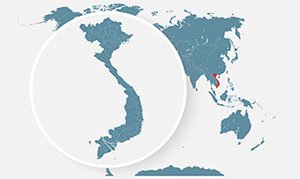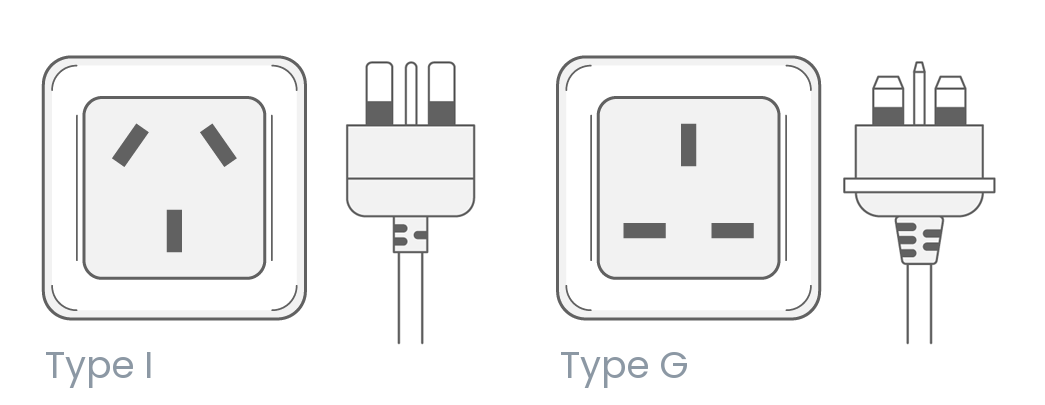Contents
ToggleElectricity Voltage and Frequency in Thailand
Thailand’s electricity operates at 220 volts with a 50Hz frequency.
Comparison with other countries:
- France – 230V, 50Hz (generally compatible without an adaptor)
- USA – 110V, 60Hz
- Japan – 100V, 50/60Hz
What this means for travelers:
- Visitors from France and most of Europe usually have no issues.
- Visitors from 110–127V countries (like the USA) may need a voltage converter to avoid damaging appliances such as hair dryers or straighteners.
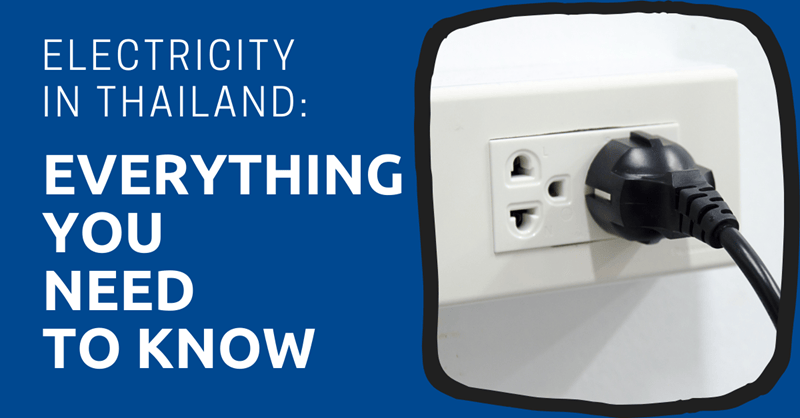
Plug and Socket Types in Thailand
Thailand uses a mix of plug types, which can be confusing. The most common are:
- Type A & B – Two or three flat pins (common in the USA)
- Type C – Two round pins (common in Europe, often fits Thai sockets)
- Type F – Two round pins with grounding (common in Europe, also frequent in Thailand)
- Type O – Three round pins in a triangular shape (specific to Thailand, mainly for large appliances)
💡 Tip:
- French travelers may not always need an adaptor, since C and F plugs often fit.
- A universal travel adaptor is still recommended, as socket types vary by hotel and region.
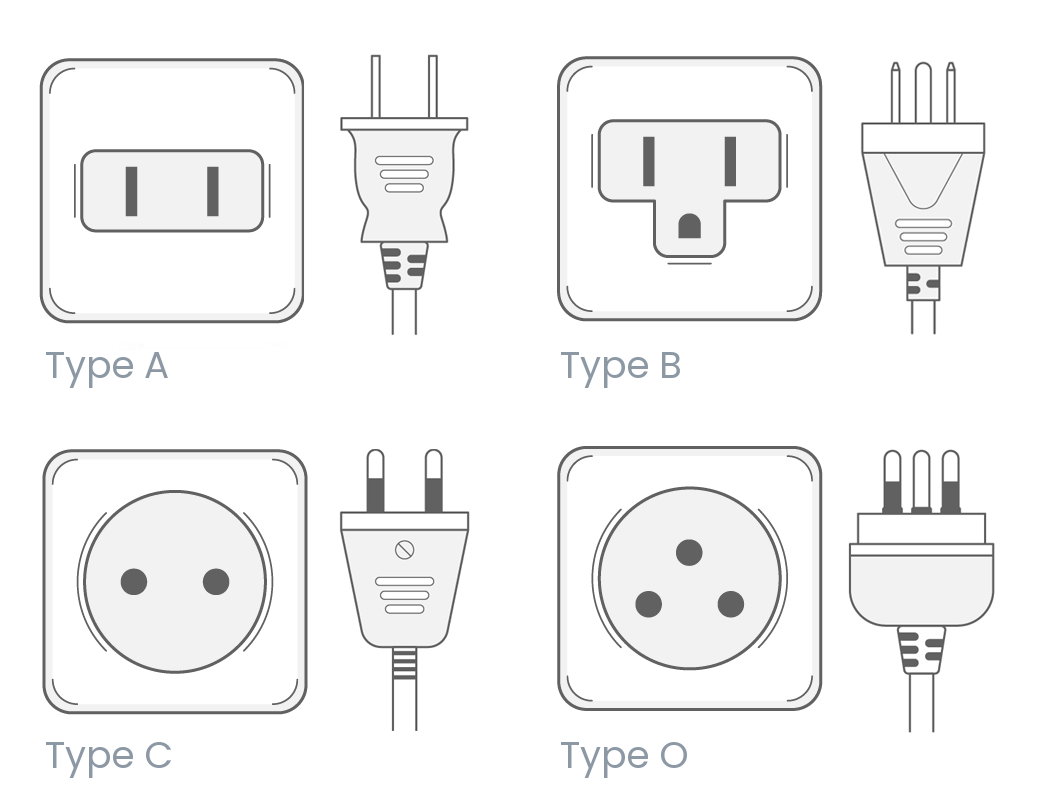
Charging Devices in Thailand
Beyond wall sockets, charging options include:
- USB-A ports on buses, planes, and some cars
- USB charging points in hotels (not always fast-charging)
To stay connected:
- Bring a multi-port USB adaptor or a universal charger
- Carry all necessary cables (phone, power bank, camera, etc.)
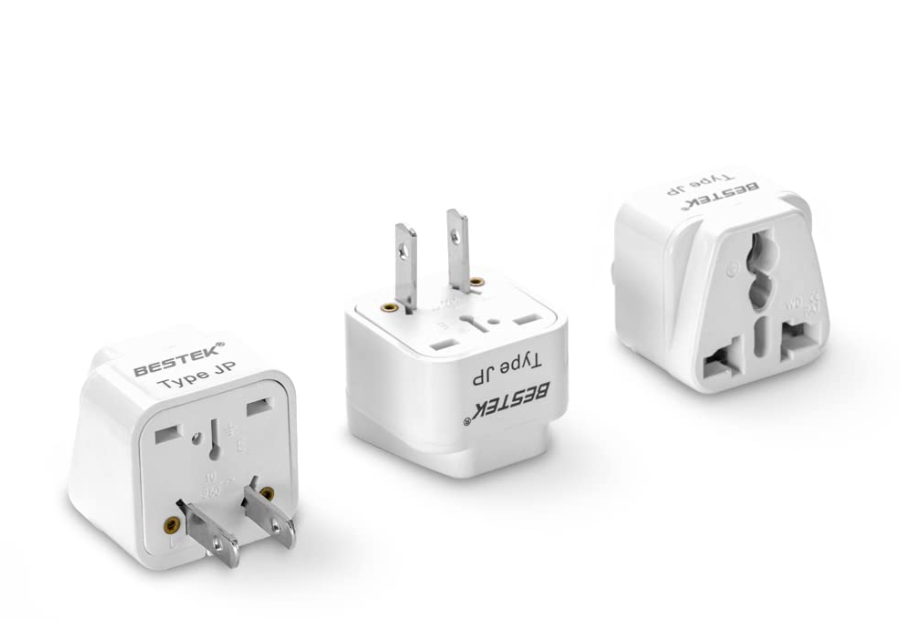
Final Travel Power Tips
- Check your devices’ voltage range (look for “Input: 100–240V” on the charger)
- Bring one universal adaptor and a spare cable—both can be lifesavers
- In rural areas, expect fewer outlets and sometimes unstable power supply
Conclusion
By familiarizing yourself with Thailand’s electrical system, plug types, and charging options before you travel, you’ll avoid unnecessary hassles and keep your devices powered up throughout your trip. Whether you’re exploring bustling cities, relaxing on tropical beaches, or venturing into remote areas, being prepared means you can capture every moment, stay connected, and focus on enjoying your journey without worrying about power issues.

